London has one of the largest and most heavily used public transport networks in the world. We will cover how this network significantly impacts office pricing and demand.
Impact on Prices of Office Space
Offices near popular stations, like those in Zone 1 of London’s underground, are more in demand than surrounding zones. Just over 70% of workers travel to work by public transport. This results in higher price per square foot of office space.
Serviced Office Prices
Because serviced offices are all-inclusive, the cost of those near transport links can appear to be slightly higher in comparison to traditional office space. However, they offer many on-site amenities and provide an easier route to business events or central locations for client meetings. Companies renting office space in London are therefore expected to pay a higher price.
Economic Effects on The Area
Public transport links, particularly major ones, have a profound impact on the business and economic activity of offices in their vicinity. This is evident in areas like Liverpool Street and Euston, where the increased liveliness brought about by these links attracts numerous organisations, especially those in the technology and finance sectors.

Similarly, these areas see increased footfall and commercial activity. More businesses like cafes, retail stores, and markets are becoming well-established and attractive to nearby office workers, improving employee satisfaction.
Recently, some London locations have seen major public transport reworks. For example, areas along the newly established Elizabeth Line have been redeveloped and modernised. Farringdon has seen a large increase in office spaces, with newly built office buildings next to residential areas. Whitechapel has also undergone numerous residential and commercial developments.
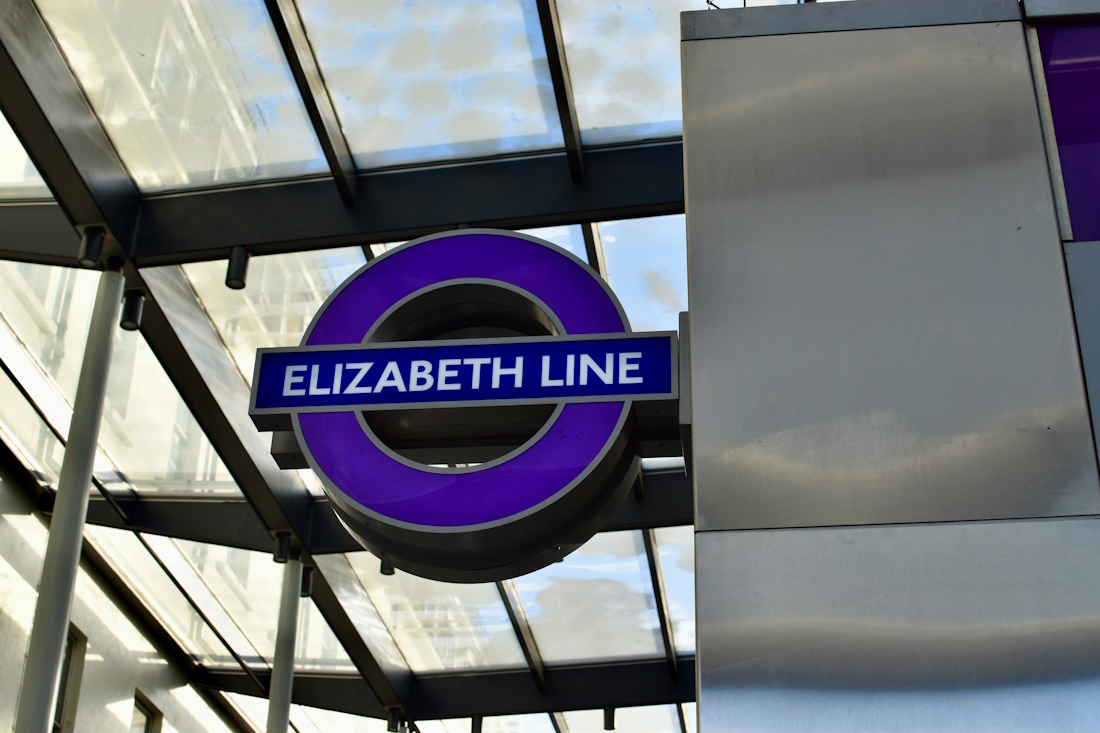
Improved Productivity Within Offices
People renting offices within walking distance of major transport links have flexible commuting options. This benefits businesses that require early starting times and long schedules, as employees have more time to work on projects, and to meet with business partners. In turn, productivity within the organisation is improved.
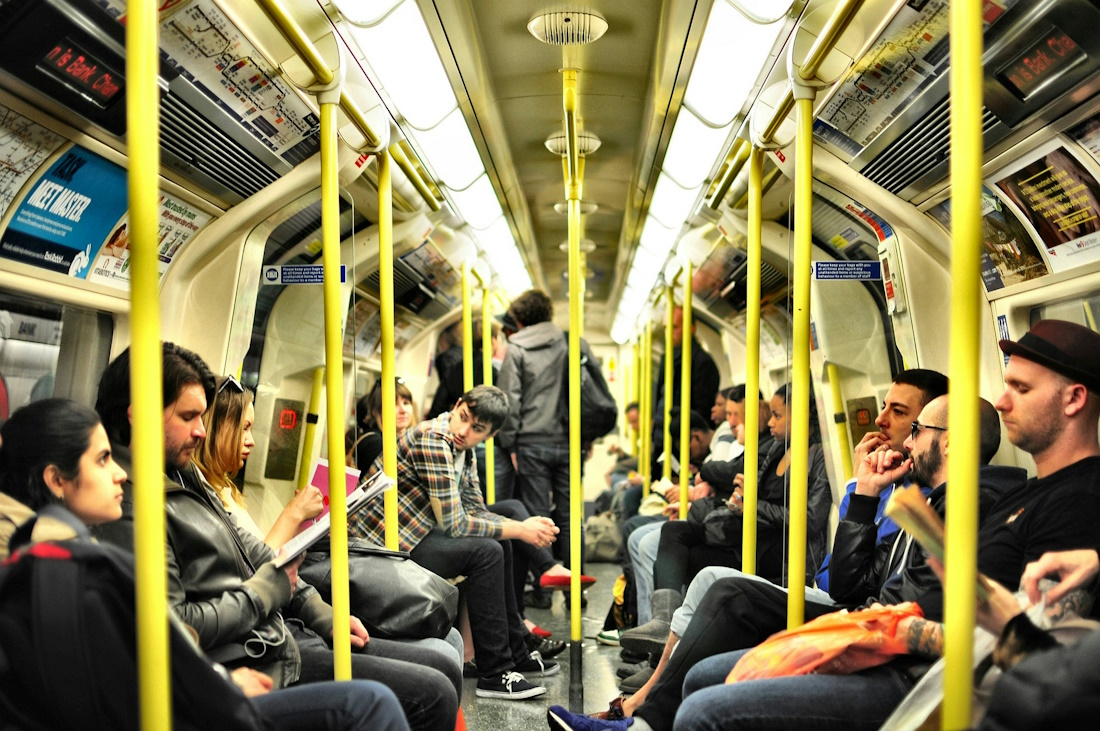
In addition, a greater number of prospective candidates apply for jobs in offices accessible by public transport. If the route is straightforward, more people are willing to travel over longer distances for work. More employees mean larger output and growth for your business.
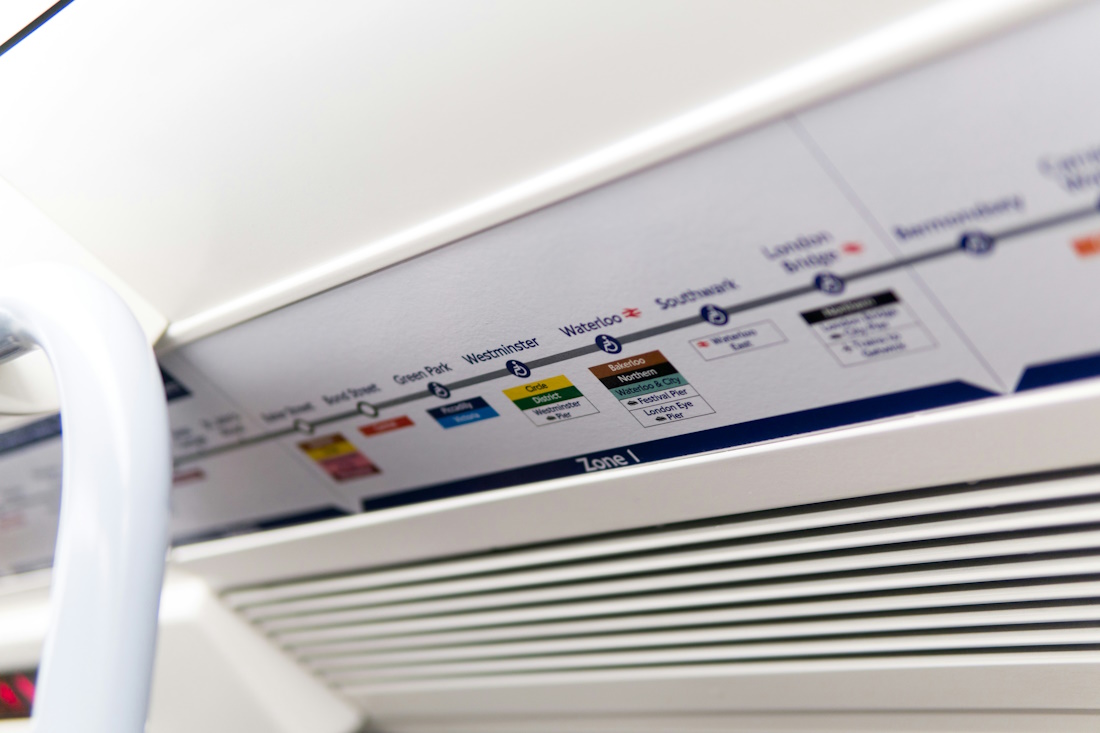
Impacts of Major Transport Links
King’s Cross and St. Pancras
St. Pancras is the location of the Eurostar, which connects countries across Europe, such as the UK, Germany, France, Belgium, and the Netherlands. As an area, King’s Cross is great for clients travelling across the UK.

Both stations share an underground tube station that serves as the interchange between six underground lines. With such a major station nearby, most employees travel via the underground and the Thameslink instead of by car, reducing congestion. This results in a reduced carbon footprint.
Multiple tube lines reach Canary Wharf station, including the DLR, the Jubilee Line, and the newer Elizabeth Line. Many tech start-ups and financial organisations, like Barclays are based here. We have found that this has boosted the demand for renting office spaces in Canary Wharf.
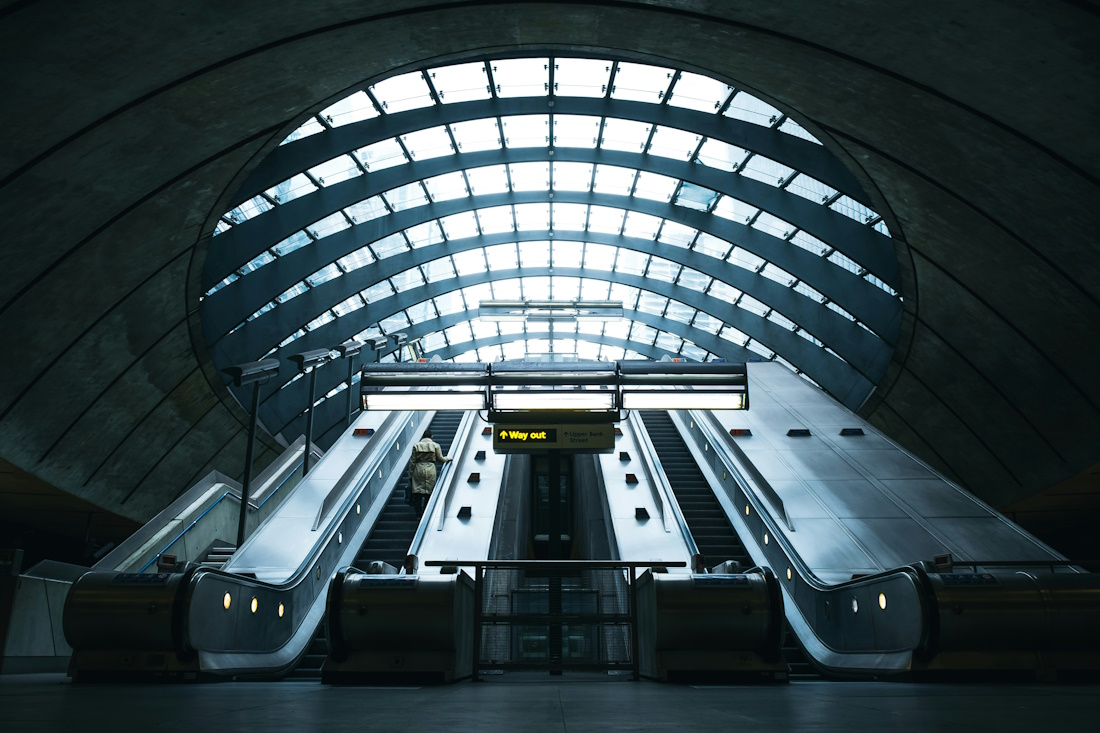
Stratford
Stratford station is served by the DLR, Central Line, Jubilee Line, and overground services. The reasonable price of offices here has popularised the area. Due to the underground, professionals renting offices in Stratford see transport times from central London cut in half.
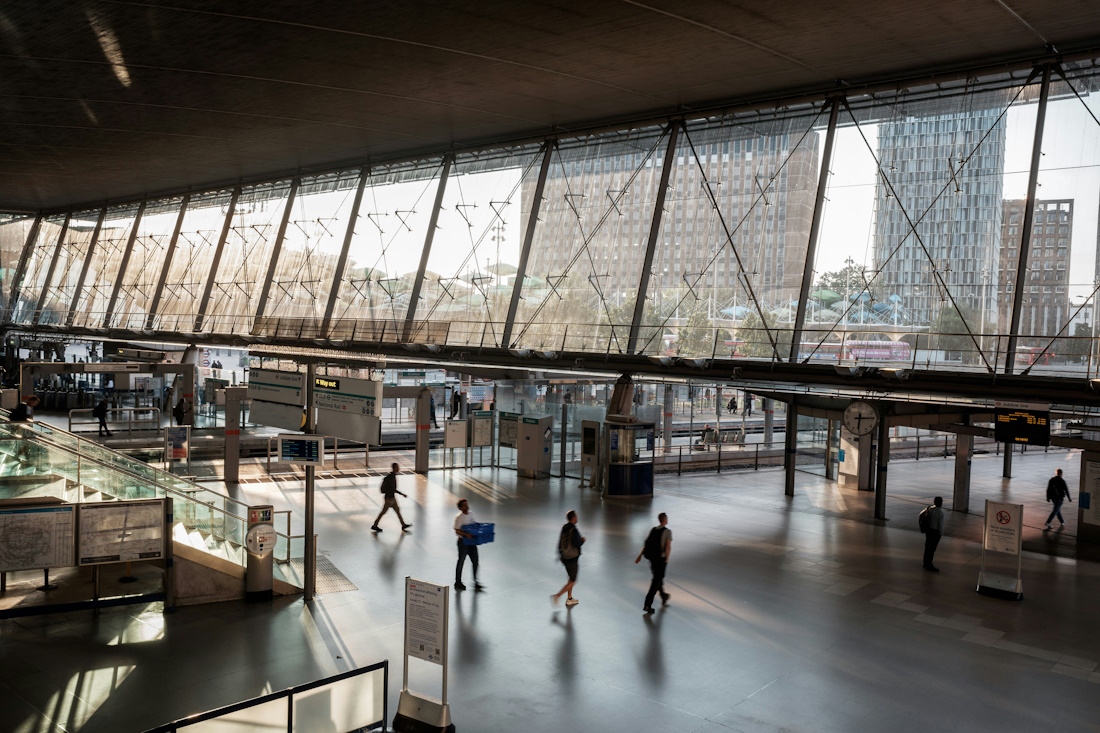
Overall, public transport is one of the most popular modes of commuting to and from work in London. It plays a significant role in the price of serviced offices nearby by influencing commercial and business activity in the area. The effect it has on London’s offices will likely remain impactful in the future.






